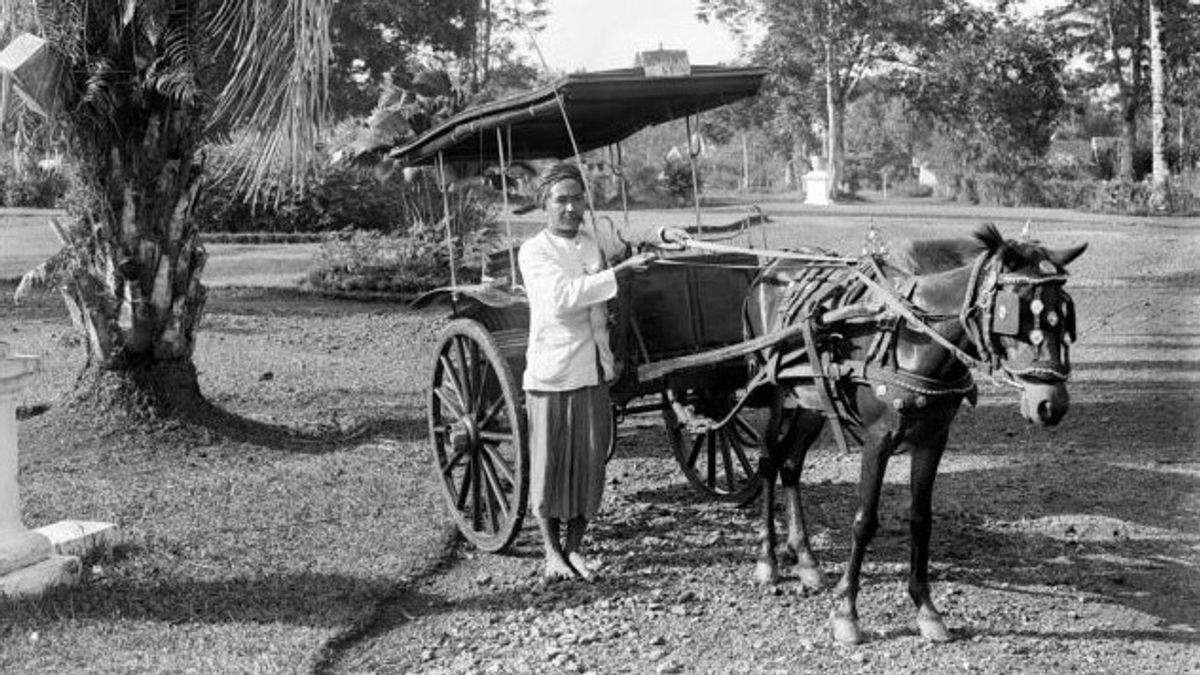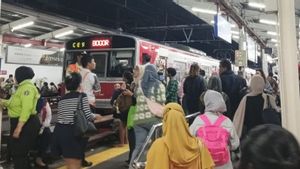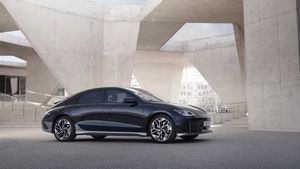JAKARTA - In the era of Jakarta, it was still called Batavia, to be precise in the 17th and 18th centuries, horse-drawn carriages became public transportation that symbolized luxury. This era is known as the age of the iron bite horse. Those who owned horse-drawn carriages were limited to the elite in Batavia. Only those who are rich and very rich.
Now horse-drawn carriages, whether of the sado, ebro, bendi, wagon, or carriage types are classified as traditional transportation, even though in their time they were symbols of wealth and progress. Even on the streets. The streets of Batavia were dominated by horse-drawn carriages. There are no cars, motorbikes, let alone trucks and city buses.
The prestigious and scientific magazine in the Dutch East Indies, Koloniale Studien, made a picture of public transportation in the city nicknamed the Queen of the East in the past. In a report in 1925, Koloniale Studien revealed that before cars and trains existed, the Indies people still depended on the presence of horse-drawn carriages. Because of its popularity, even after World War I, the position of horse-drawn carriages was still not replaced on the streets of Batavia.
"Until now we have not been able to build a railroad network that is quite extensive. Therefore, sado, deeleman, ebro, kretek, kossong, andong, and whatever the names of all these trains - wherever, when traffic increases, and even in big cities - are increasingly taking on their own role as the main means of public transportation. , ”Wrote Koloniale Studien quoted by Rudolf Mrázek in the book Engineers of Happy Land: Technological Development and Nationalism in a Colony (2006).
Therefore, the most common vehicles are two-wheeled trains called wagon and sado. That said, the name "wagon" comes from the Dutch word "deeleman". Delen means dividing. Therefore, the seats in the wagon are divided into two: left and right.
Meanwhile, the word "sado" is said to have originated from the French "dos a dos" which means back to back. Two seats at the front (including the coachman) facing the road, while the passengers face the rear.
However, before the two of them became famous, there was a horse-drawn carriage called Kahar Per. Quoted by Tanu Trh in an article entitled The Age of Iron Bite Horses in the book "Ketoprak Jakarta" (2001), the amount of kahar per or what is known as the perfected wagon is very small.
This was because the kahar per was a private vehicle that could only be owned by officials of the Dutch colonial government or private individuals who had money. For those who want to look stylish but have limited finances, there is only the option of renting a horse carriage per course.
"Most of the wagon are rental vehicles and until now the shape has not changed. There is also a private wagon called a thug wagon. At that time, the term preman means private, civilian, private property and not criminals. A private delman is more luxurious than a rented wagon. The wheels are higher, the car body is bigger and the seats are wider and more comfortable because they are coated with expensive materials such as belundru, "said Tanu Trh.
Luxury stuffIn the mid-17th century, the streets of Batavia City were like an exhibition area for the wealth of European citizens with their luxury horse-drawn carriages. Because of its luxury, the trains belonging to the Dutch colonial government were only used on special occasions, such as to wow Asian diplomats at that time.
Dutch historian Hendrik E. Neimeijer revealed that the Company was the main brain of the culture of exhibiting luxury European horse-drawn carriages. For example, the envoy of the Mataram Kingdom was dumbfounded by being picked up by the company from the inn and taken to Kasteel Batavia by a luxurious European train in 1653.
The message that the Company wanted to convey was clear. They wanted to show such great and luxurious power in Batavia. The rest, Mataram envoys were also brought by horse-drawn carriages to rice warehouses belonging to the VOC. The Company indeed deliberately included a visit to the rice warehouse as one of its objectives. The Company only wanted to emphasize that they had never depended on the rice issue on Mataram.
As we entered the 18th century, luxury horse-drawn carriages were not only owned by Europeans in Batavia. The head of the Malay people, Wan Abdul Bagus, is listed as the only rich ethnic Asian citizen who owns a European horse-drawn carriage. For this reason, every time he drove by horse-drawn carriage, at that time, admiration for Wan Abdul emerged from the Malay community in Batavia.
Even when he parked his train every Friday in front of the mosque. Unfortunately, Wan Abdul avoided paying taxes. According to him, his horse-drawn carriage was only pulled by a horse and not by two horses whose taxes were higher.

"Since in the early 18th century there were already more than 140 private European horse-drawn carriages milling about in Batavia, it is not too obvious whether Kapiten Wan Abdul's carriage was pulled by one or two horses. What was clear at that time, nearly half of the number of European horse-drawn carriages and carriages of the type traveling in Batavia were pulled by two horses; while there are not many types of four-wheeled carriages, only eight. The train tax contributes around 9 thousand ringgit per year to the government's coffers, ”Hendrik E. Neimeijer in the book Batavia: Colonial Society of the XVII Century (2012).
The tax that was too high was what made many Batavian residents prefer to rent horse-drawn carriages, rather than owning them. There are also parties that are exempted from paying taxes only high-ranking Company employees, members of the government council, judicial officials, and officials appointed by the government. Apart from that, you still have to pay taxes.
It is on this basis that Governor General Joan Maetsuycker classifies horse-drawn carriages as luxury goods. Horse carts side by side with other items such as expensive clothing and jewelry. In this regard, Maetsuycker argues, the behavior of spending money in the style of the Dutch in Batavia must be immediately dealt with. Previously we had written about the spree lifestyle of the Dutch in the writing "The Mad Party and Spree of the Governor-General of the Dutch East Indies".
"However, after discussing the matter several times, the members of the board could not agree on what steps should be taken to limit the wealth exhibition," concluded Hendrik E. Neimeijer.
The English, Chinese, Japanese, Arabic, and French versions are automatically generated by the AI. So there may still be inaccuracies in translating, please always see Indonesian as our main language. (system supported by DigitalSiber.id)









